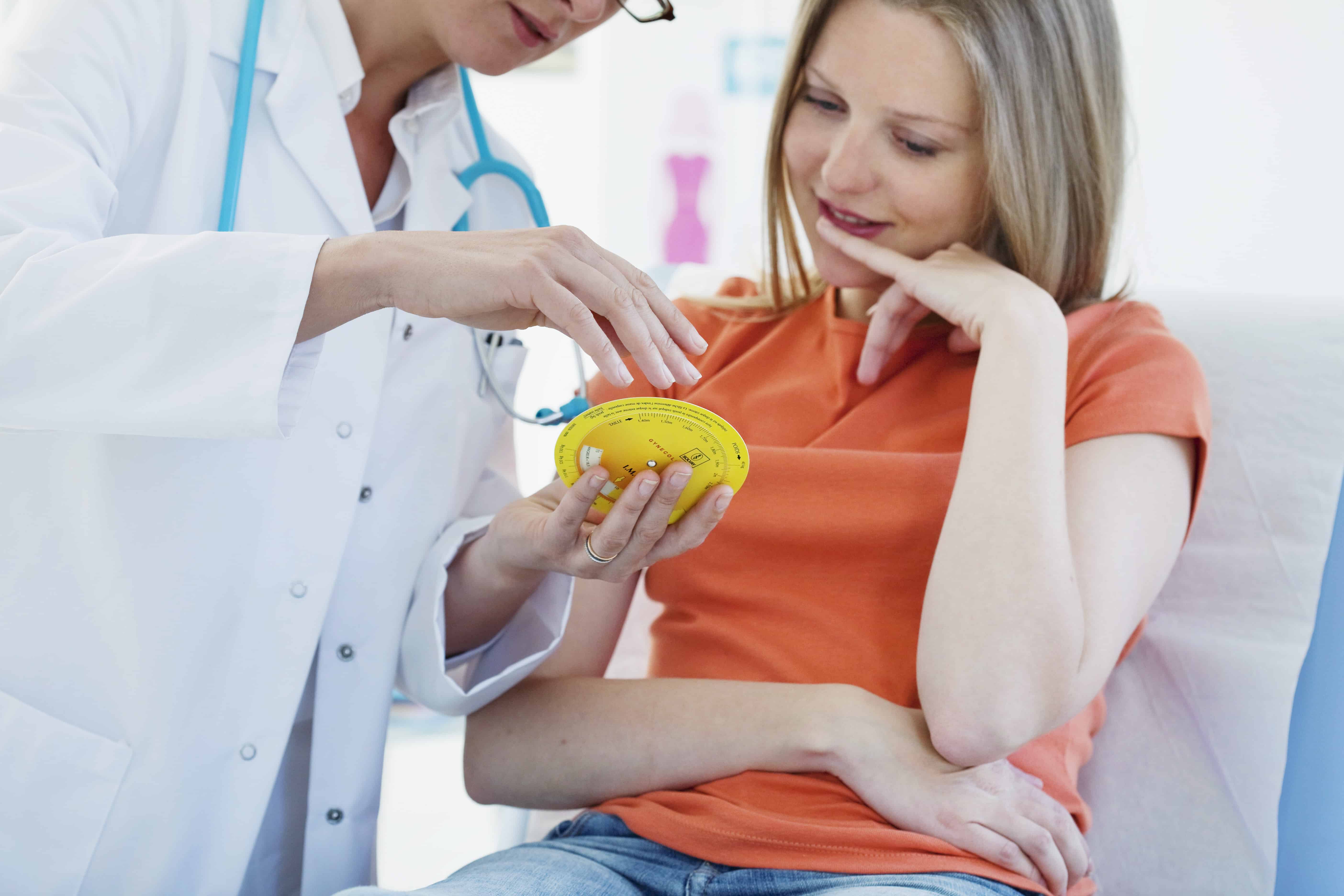

This is a much thorough ultrasound work-up to check for any fetal anatomic problem.

For high-risk pregnancies, a congenital anomaly scan may be requested. This helps your doctor check your baby’s development, and sometimes even lets you know your baby’s sex. This can help give them an idea of roughly how big your baby is, and if their growth is appropriate.Ī repeat ultrasound during your second trimester will also be requested to check for the fetal biometry. Your doctor will also track your baby’s growth by measuring the fundic height which is the distance from your pubic bone to the top of your uterus. Checking for fetal heart beat using dopplers or stethoscope will be added during this time. This means that your weight and blood pressure will be checked to make sure they’re still within the healthy range. When you’re in the second trimester of your pregnancy, most of what happens is the same as the first trimester. With the pandemic, face to face clinic visits may be limited. Follow up during the first trimester may also be done online if there is no contractions, bleeding, or unusual vaginal discharge. This is also the time to show the results of the requested laboratory tests. These visits are shorter compared to the first one, and your doctor will monitor your blood pressure, weight, and overall health. vaginal spotting, difficulty sleeping, loss of appetite etc.). Prenatal visits during the first trimester usually happen 4 weeks after the initial visit unless there is indication to request for an earlier check-up (i.e. Prenatal visit during the first trimester They’ll also give you recommendations on what supplements you will need, and what you can do to make sure your baby grows and develops well.
No prenatal visits during pregnancy how to#
Afterwards, your doctor will give you advice on how to stay healthy during your pregnancy. You’ll also undergo a breast exam, pelvic exam, a Pap test, STD testing, as well as screening for certain diseases if warranted.


 0 kommentar(er)
0 kommentar(er)
